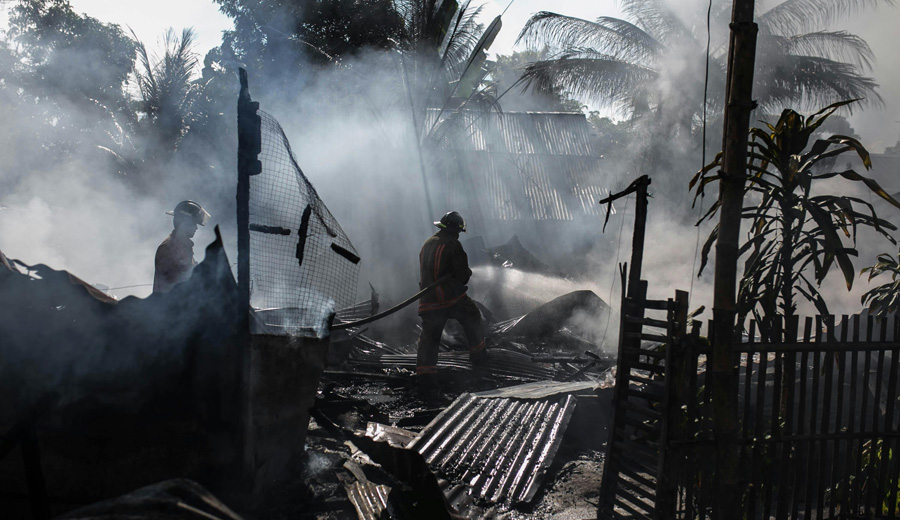For family historians, heirlooms are more than keepsakes—they’re irreplaceable links to generations past. Whether stored in a basement, attic, spare room, or rental unit, these collections face a surprising number of threats. Some are sudden and catastrophic. Others creep in slowly, quietly degrading your treasures until it’s too late.
Sudden Disasters: Fire, Flood, and More
Some threats strike without warning and leave little time to react. These disasters can destroy decades of history in minutes:
- Fire: A single spark from faulty wiring, a candle, or a lightning strike can engulf your collection. Even if flames don’t reach your items, smoke and soot can stain and degrade paper, photos, and textiles beyond repair.
- Flooding: Whether caused by burst pipes, appliance leaks, or natural disasters like hurricanes, water damage is one of the most common threats. Saturated paper warps, ink bleeds, and mold sets in quickly—especially in humid or poorly ventilated spaces.
- Structural Collapse: Shelving failures, ceiling leaks, or even a fallen tree can crush boxes and scatter fragile items. Poorly stacked or overloaded storage areas are especially vulnerable. Residents of St. Louis know this threat all too well. Natural disasters like the May 16th, 2025 tornado move through in an instant.
- Environmental Accidents: HVAC malfunctions, chemical spills, or a broken window during a storm can expose your collection to extreme temperatures, moisture, or contaminants.
Slow Damage: The Silent Killers
Even without dramatic disasters, collections face daily risks that quietly erode their condition:
- Handling: Oils from skin, damage from page bending, and frequent flipping can degrade fragile materials. Over time, even the most careful handling can cause wear.
- Rips and Tears: Old paper and fabrics become brittle, making them prone to tearing with even light pressure.
- Stains: Spilled drinks, leaks, or even fingerprints can leave permanent marks. Once stained, many heirlooms are impossible to restore.
- Sunlight: UV rays fade ink and photos and weaken paper fibers. Items stored near windows or in sunlit rooms are especially at risk.
- Mold: Damp environments like basements and attics are breeding grounds for mold. It spreads quickly and can ruin entire boxes of materials before you even notice.
- Pest Infestation: Rodents, silverfish, and insects are drawn to paper and fabric. They chew through boxes, shred documents, and leave behind droppings and stains that are difficult to remove.
What Can You Do to Save Your Collection Now?
The best time to protect your collection is before disaster strikes. Digitization and digital preservation offer powerful solutions:
- Digitization creates high-quality digital copies of your materials, preserving their content even if the originals are lost.
- Digital preservation ensures those files remain accessible and intact for generations, using secure storage and archival best practices.
- Physical Archival Storage: Use acid-free folders, boxes, and sleeves to house your papers and photos. These materials buffer against environmental hazards, slow down deterioration, and prevent acidic damage that can eat away at your collection over time.
Whether you’re safeguarding family letters, photographs, or historical documents, Anderson Archival can help. Our team specializes in digitizing, rehousing, and preserving collections with care and precision.
Reach out to Anderson Archival today to start protecting your legacy.







